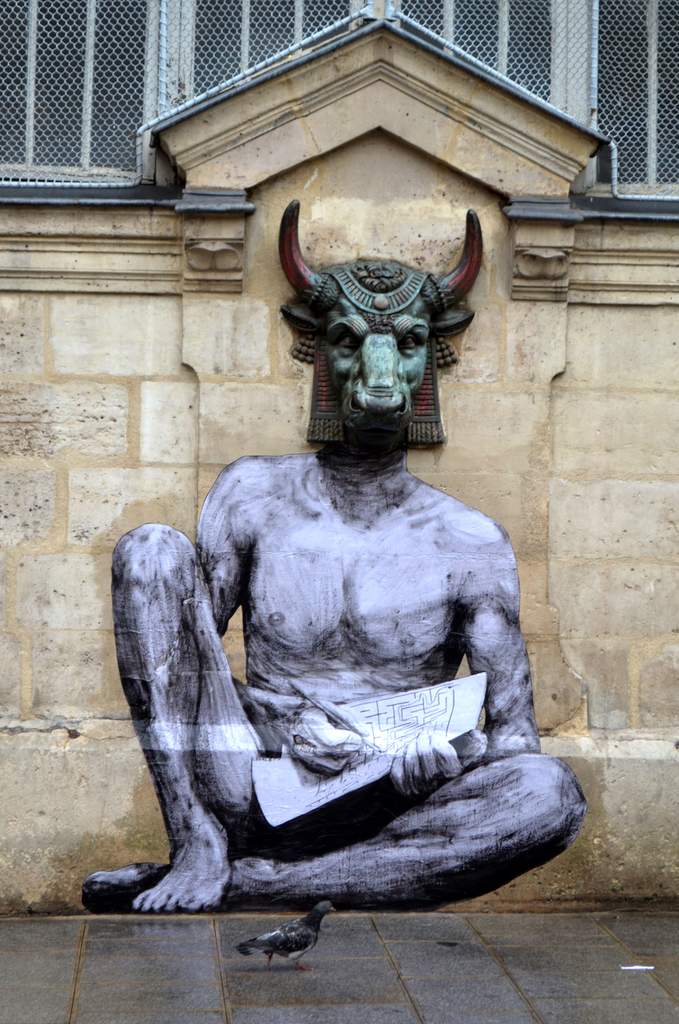- What is video mapping?
- Video mapping : what is it not?
- Words and dates
- Video mapping : when did it start and where ?
- What are the circumstances in which video mapping appears? Part.1
- What are the circumstances in which video mapping appears? Part.2
- The prehistory of video mapping
- Vjing
- Large-scale projection
- Large-scale projection around the year 2000
- Contemporary arts: the advent of the projector
- Site-specific arts: times and places
- Hans-Walter Müller: Volux and Topoprojections
- 2003: 3minutes² by Electronic Shadow
- The history of video mapping computer tools
- The history of video mapping computer tools. Part.2
- A history of institutionalisation…
- Yet another art form?
- Video mapping: a narrative
- Notes on artists
Site-specific arts: times and places
The expression ‘site-specific art’ refers to artistic approaches established in the place where the work will be installed, or the performance produced. In principle, a site-specific work is not designed to be contemplated (or experienced) anywhere other than the site to which it is dedicated. It must play an active role there, in the sense that it will modify the perception that we have of the place, our way of inhabiting it or moving through it. The two archetypes of site-specific art, Land Art and Street Art, were both born towards the end of the 1960s. This is also the time when the plastic artist Daniel Buren, following his initial reflections on the pictorial medium within the BMPT Group, produces his striped projects (primitive to begin with) in public spaces and starts to develop a theory for this approach. Meanwhile, Ernest Pignon-Ernest sketches and sticks images in various urban spaces: more overtly militant, his works rely on both the social history of a place and its architectural qualities.
Ernest Pignon Ernest
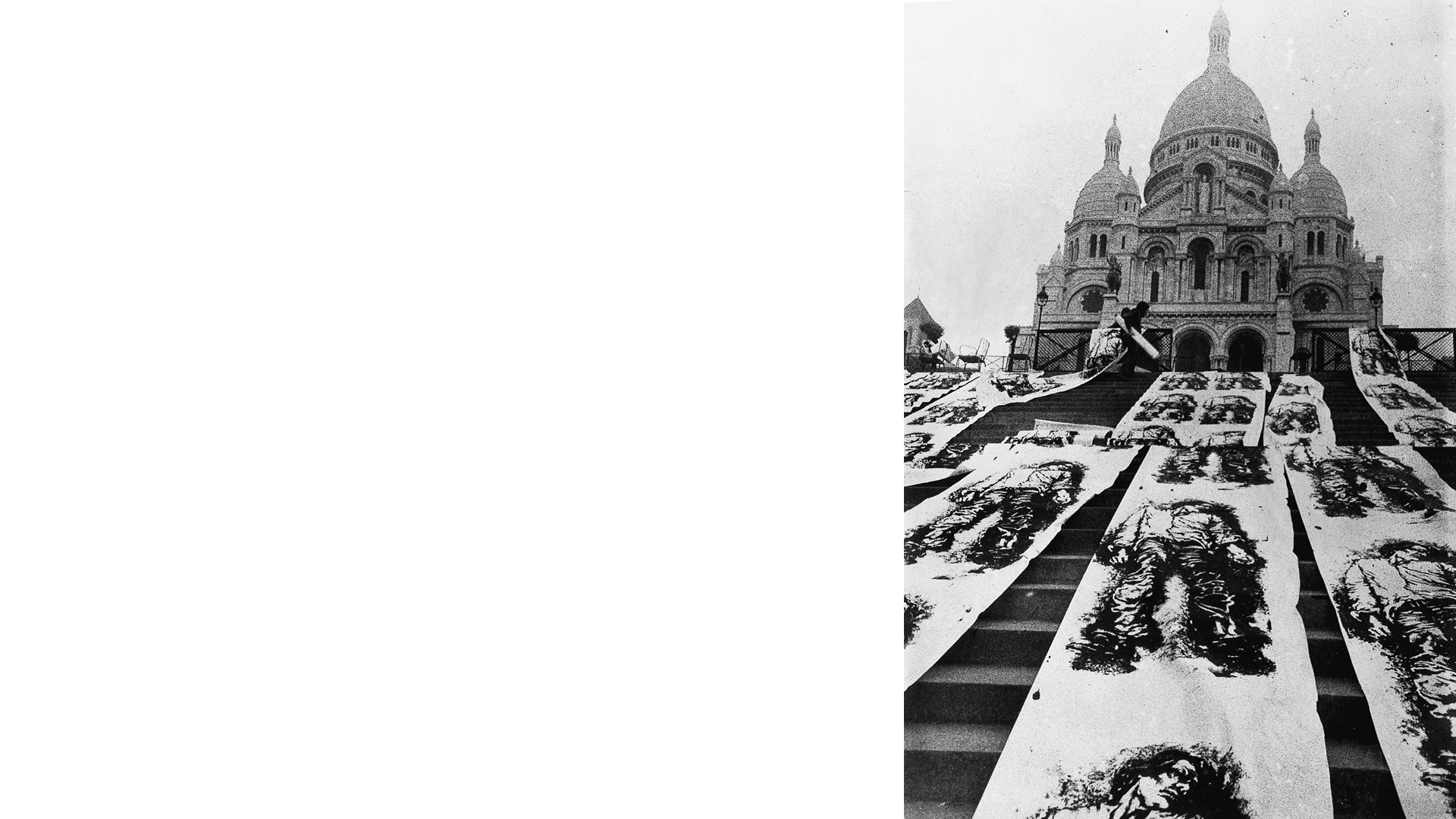
In the 1970s and 1980s, the number of public commissions given to artists from this generation increases, especially for historical or heritage sites. The Colonnes de Buren installation (a work originally entitled Les Deux Plateaux) in the Cour d’Honneur of the Palais Royal in 1986, is an iconic example. A sculptural work erected at the centre of this space would have been duly enhanced by the site itself, but Buren chooses the opposite strategy and uses a work that is low down, close to the ground, to underline the aspects of the surrounding architecture (orthogonal frameworks, series of columns, etc.).
Daniel Buren
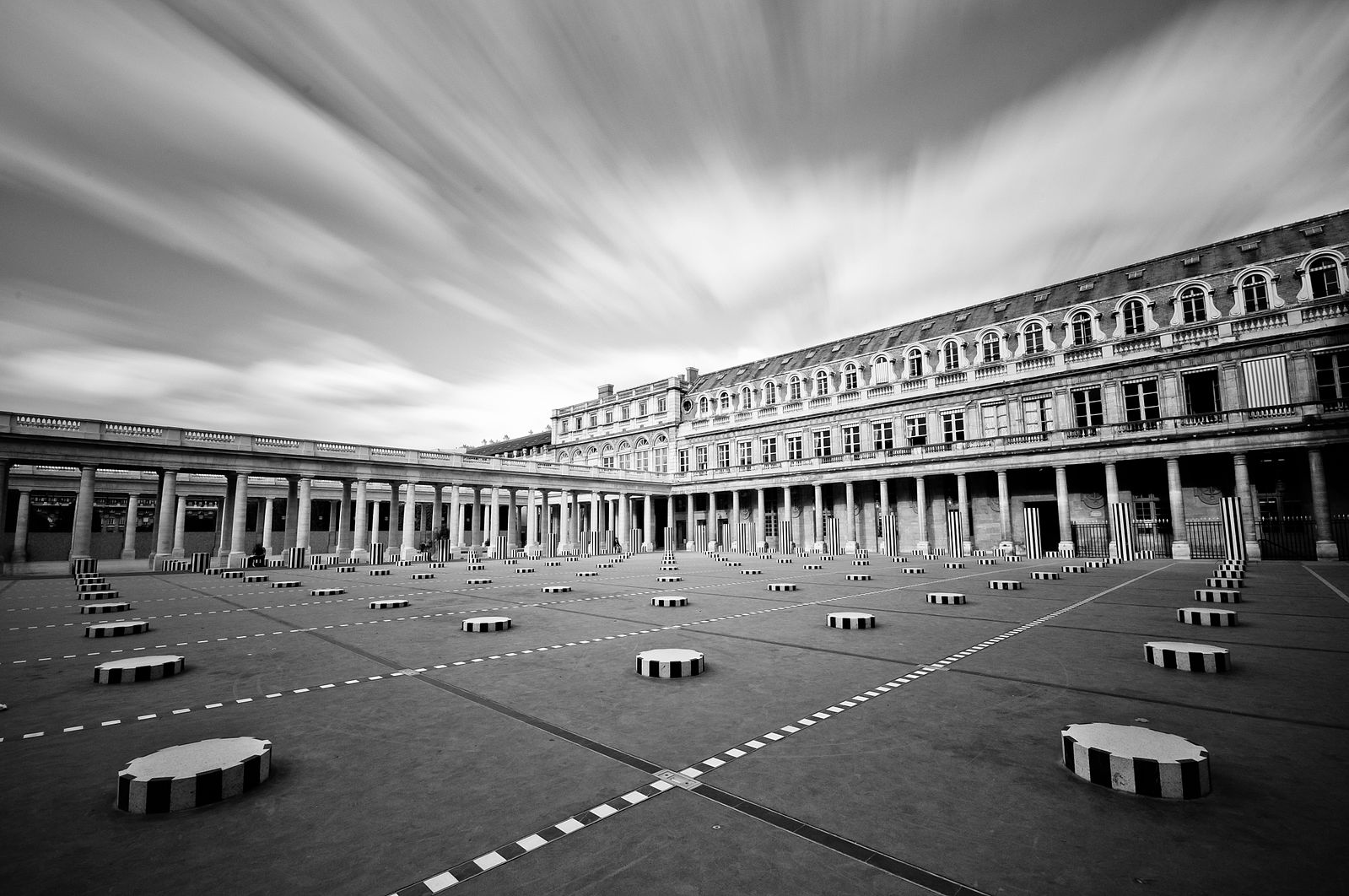
Palais Royal et les Colonnes de Buren, Paris, France. Ros_K Photographie - licence Creative Commons Attribution 2.0 Générique
Site-specific art includes extremely varied materials and techniques. It includes numerous works that involve light (whether natural or artificial). It also encompasses the works of an astonishing ancestor of video mapping: those of Hans-Walter Müller. Moreover, it is worth noting how the old pictorial technique of anamorphosis is updated by site-specific artists. Of course, huge trompe l’œil frescos have been produced in the field of graphic design since the 1990s. Another example: The photographer and plastic artist Georges Rousse has painted or drawn coloured flat tints on the walls of generally run-down buildings since the early 80s. These tints are anamorphic depending on the perspective of the camera, which is determined in advance.
Georges Rousse
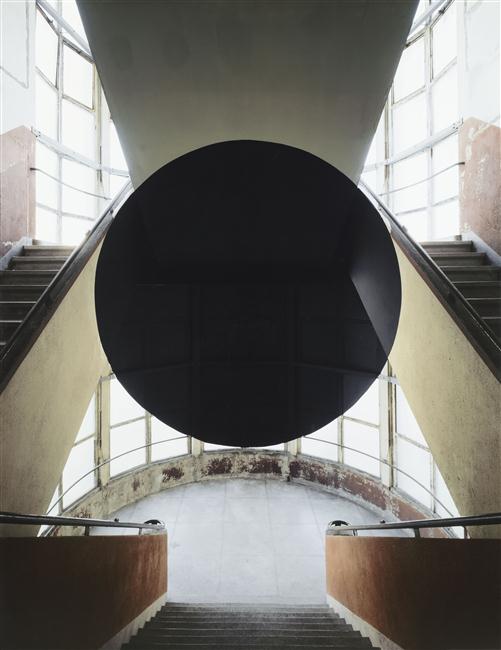
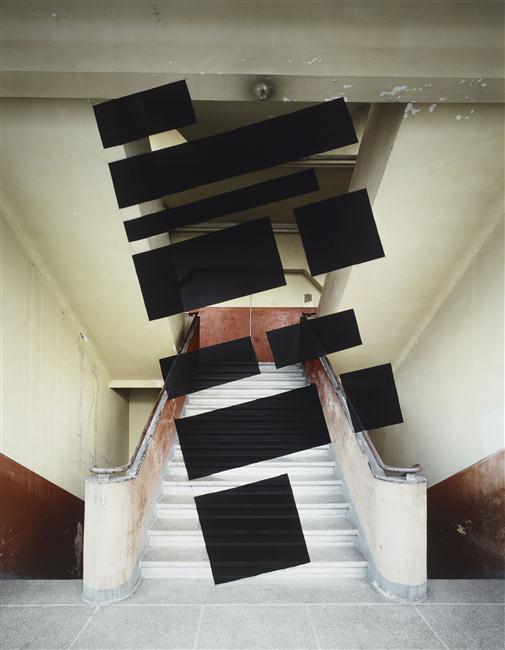
UTOPIA / Georges Rousse at the Familistère (Trailer / EN) from Georges Rousse on Vimeo.

